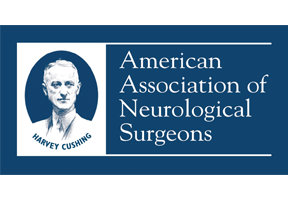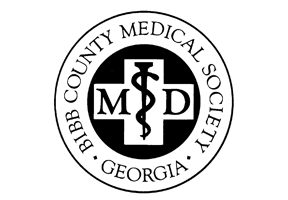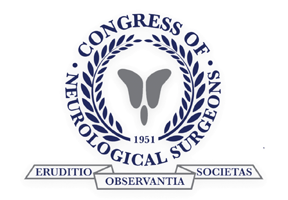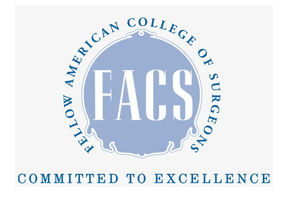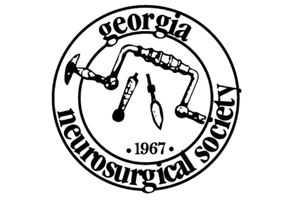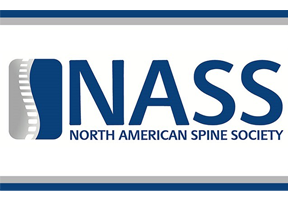Brain Procedures
Coordinated & Comprehensive Brain Tumor Care
Georgia Neurosurgical Institute specializes in medical care of patients with primary benign tumors, malignant tumors or brain metastasis from another part of the body. Our practice is the only brain tumor surgical center in Middle Georgia, performing in excess of 200 tumor-related procedures per year. Most importantly, the physicians and staff of GNI are present throughout the entire process giving brain tumor patients a sense of clarity and support.
Our neurosurgeons work closely with other medical providers on each case to determine the appropriate course of action. We work in conjunction with experts from the following fields: Neuro-Radiology & Oncology, Radiation Therapy, and Physical & Rehabilitative Medicine.

Brain Tumors Treated by GNI
For more detailed information, click on the link below:
Biopsy of a Brain Tumor:
Depending upon the imaging report regarding the finding of a brain tumor, the surgeon will either decide to do a biopsy or a resection of the tumor. If the desire is to find out more about the tumor, the surgeon will move forward with a biopsy which is a surgical procedure to remove a small sample of a brain tumor for further examination. When performing a biopsy, the neurosurgeon drills a small hole into your skull. A thin needle is then inserted through the hole. Tissue is removed using the needle, which is frequently guided by CT or MRI scanning. The biopsy sample is then viewed under a microscope to determine if it’s cancerous or benign; this procedure is used to obtain an official diagnosis and recommend the most appropriate treatment plan.
Resection of a Brain Tumor:
Resection Surgery is often the most effective way to treat many brain tumors, whether they are benign or malignant. A craniotomy is a surgical procedure in which part of the skull is removed in order to gain access to the brain and the tumor. The piece of skull that is removed is called a “bone flap.” Craniotomies, which are performed by neurosurgeons, are designated in different ways. A frontotemporal, parietal, temporal or suboccipital craniotomy is named after the bone that is removed. In order to accurately access the tumor and reduce the risk of damage to healthy brain tissue, imaging technology, known as a stereotactic scans are taken to create a three-dimensional image of the brain. A computer provides a navigation system to safely guide the surgeon to the precise location of the tumor; this technology also helps to enable the surgeon in removing the cancerous mass to the fullest extent possible while preserving healthy tissue in the process.
Burr Hole Drainage/Craniotomy:
This treatment is performed on a chronic subdural hematoma, a collection of blood or a blood clot that exists between the layers of tissue in the brain, which is often the result of head injury. In the case of chronic subdural hematomas (rather than acute), the bleeding may be slow and pressure may build over time. The symptoms probably won’t be apparent immediately after the injury, but in some cases, the bleeding and increased pressure on the brain can be life- threatening, so medical attention is required. In this procedure, a small portion of the scalp will be shaved for the placement of the burr hole. The surgeon will use a special medical drill that is designed to stop once the skull is penetrated eliminating the risk of damage to the brain. Once the hole is drilled, a scalpel will be used to cut the dura (covering of the brain) so that the blood or blood clot can be drained or removed.
In the case of a Craniotomy, more than one burr hole is drilled and a portion of the skull is removed which gives the surgeon more room to work with and better visibility. Craniotomies are used most often with larger blood clots and acute subdural hematomas which are generally the result of traumatic head injury and require emergency treatment. Once the clot has been removed or the blood has been drained the dura and the scalp will be sewn shut. In some cases, a drain may be left in place to continue removal of blood or fluid over the course of several days.
Craniectomy for Chiari Malformation:
The goal in this surgical treatment is to provide more room for the brain and the brain tonsils. To begin with, the surgeon will perform a craniectomy, or removal of some of the bone located at the base of the skull right above the spinal cord. Additionally, the dura, or brain covering, will most likely need more room as well, so it is also opened and a patch is sewn in for its expansion. The surgeon may also decide to perform a laminectomy (see spine procedures) on the top level(s) of the spine (C1 – C3) if there is evidence that it is needed or would be beneficial.
Cranioplasty:
The goal of this procedure is to repair or reshape irregularities or imperfections in the skull. The surgeon may choose to either use a bone graft from elsewhere in the patient’s body or a synthetic material to correct the defects or gaps in the skull bones which may be the result of head trauma or a recent medical condition. To begin with, the incision area is cleaned and shaved if needed and incisions are made to expose the area being treated. In some cases, a portion of the skull may be removed, reshaped and reattached later. In other scenarios, a portion of bone from another part of the body may be taken, shaped and used or a synthetic material may also be utilized. The specific course of action will be determined by the surgeon’s experience and the patient’s particular needs. Additionally, the surrounding bone edges are cleaned and treated to improve grafting attachment. The bone graft or substitute material is put in place using special discs, plates and screws.
Normal Pressure Hydrocephalus (NPH):
The treatment of choice for NPH patients who show a positive response to diagnostic testing is the placement of a CSF (Cerebral and Spinal Fluid) shunt which is an implantable device that is designed to drain excess CSF away from the brain and into the stomach where it can easily be absorbed. There are 2 options for shunt devices, and the surgeon will choose the one that best fits each case. Incisions may be made in more than one location of the body based upon the surgeon’s experience, technique, and choice of shunt. The shunt is meant to stay permanently in place; the procedure will not cure NPH, but it should help alleviate some of the problems and symptoms.
Trigeminal Neuralgia:
Since the problems with neuralgia are quite frequently created by blood vessel compression of the Trigeminal nerve, the goal of this microvascular treatment is to stop that compression. The surgeon will begin the procedure by shaving an area of hair behind the patient’s ear on the side where the pain exists. Next, a small hole will be drilled into the skull using a special device that is designed to stop once the skull is penetrated, then the dura (brain covering) will be cut with a scalpel to gain access to the trigeminal nerve and its root. Upon location of the problem, the surgeon will either put a pad in place that will act as a barrier between the nerve and the blood vessel, or he will transpose the vessel, which is actually compressing the nerve.

